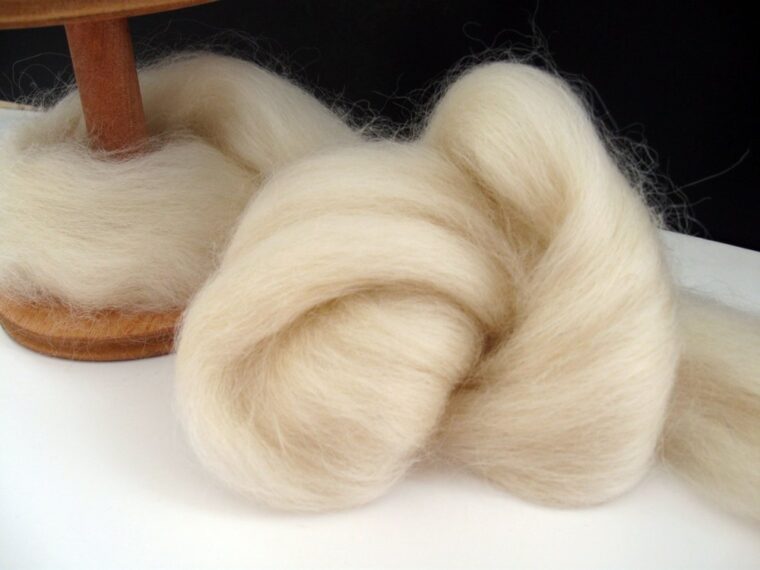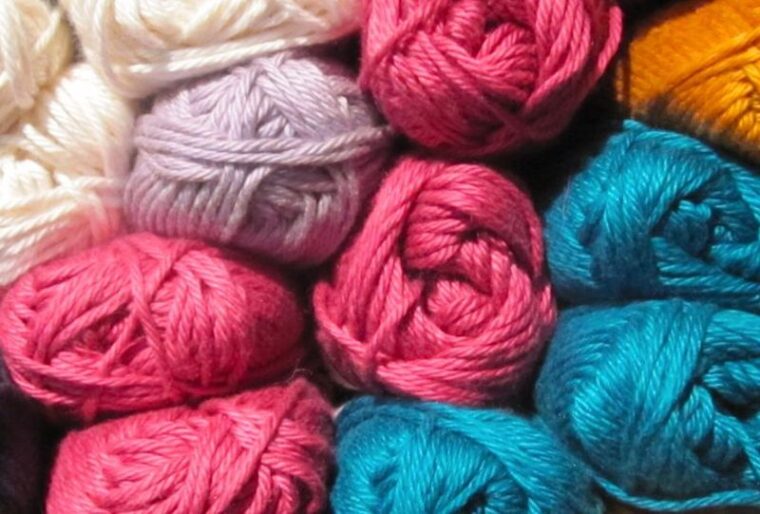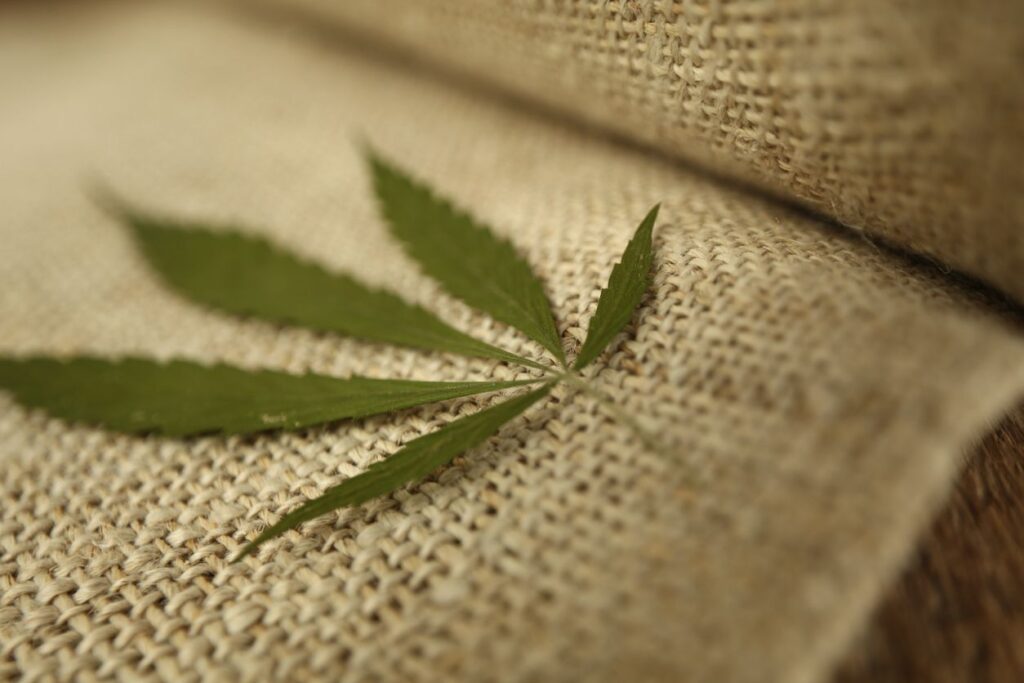One day you are sitting in an armchair immersed in thoughts and you come up with an ingenious idea for a T-shirt with an inscription! You immediately get down to business and decide to put your idea on a t-shirt. But all of a sudden you are faced with one crucial question – what is the best type of t-shirt for printing? Looking at some t-shirts in the closet and can’t judge? Here’s an easy guide to choosing the right t-shirt to print your unique idea!
When it comes to choosing a print t-shirt, the first thing you need to decide is what material your perfect t-shirt will be made of. The choice of materials is very important because some materials react poorly to some printing methods. Plus, planning ahead of where are you going to wear the shirt, will also affect the type of the material you will use for printing. For example, if you want to personalize your training t-shirt, then polyester is the choice to go with. But if you’re just planning to wear it everyday for every occasion, then you can never go wrong with pure cotton. To find inspiration for printing on different styles of clothes (hoodies, singlets, etc.), we recommend you visit nzprintshop.co.nz.
But, let’s go into the details of the fabric, so you have all the information you need to decide for yourself.
Cotton

The most popular natural material in the clothing industry. Cotton is characterized by properties such as softness, pliability, firmness, good absorption and breathability. It is pleasant to the touch and resistant to high temperatures. It is often used in combination with synthetic materials or elastane.
The most important thing about the cotton t-shirts when we talk about printing is the fact, they receive color very well, and there’s probably no shirt that will have the intensity of the color on it like cotton. Money-wise, cotton is the cheapest version, but there also differences in quality from one producer to another, so if you want your t-shirt to last, take into consideration the brans of the t-shirt as well.
Some people do not see cotton as the most pleasant material, but we’re sure you have at least one of them made from cotton, somewhere in your closet, so debating about this is not that necessary.
Bamboo fiber

Fiber made on the basis of bamboo-based cellulose regeneration. It has thermoregulatory, antibacterial, antifungal, and antistatic properties. It is stronger with 3 times higher absorbency than cotton, it is resistant to frequent washing and retains its properties for a long time. We do not recommend the use of fabric softeners so as not to reduce the absorption of the material.
This is considered to be one of the alternative materials, that’s starting to grow in popularity, especially because of antibacterial properties. People who used these t-shirts say that they can keep the heat from entering your body, which is why a lot of workout clothes have been made of bamboo fiber. They can also absorb a lot of sweat. They are definitely printable, especially on t-shirts designed for running.
However, as soon as bamboo is mentioned, we immediately think of soft comfortable fabric, but of course, it is not like that in its original form. And in its natural state, bamboo is stiff and rough. It’s important to know that in the process of turning bamboo into its most delicate state, the so-called fiber area, a lot of chemicals releasing happens (carbon disulfide, sodium hydroxide and sulfuric acid), of very dangerous substances that cause risk for reproductive health. So, we leave you to decide whether this is a good t-shirt material.
Polyester

Synthetic fiber produced by modification of the input material. It is very strong, so you can create a thick or very thin fiber (micro polyester). The material is durable, dries quickly, easy to maintain. It is suitable for sports and physical activities. Different properties of the material can be achieved by chemical and mechanical processes, depending on the purpose (insulating properties, impregnation).
There’s also another side of the story, when it comes to polyester. Needless to say, it is this fabric that causes the most skin problems. The synthetic materials that unfortunately make up most clothing today – acrylic, polyester, rayon, acetate and nylon – have been treated with countless harmful toxic chemicals during production, most notably polyester. In addition to this, synthetic fabrics do not allow the skin to breathe, which many have experienced if, for example, they wore something made of polyester during the summer heat.
A good option is a blend of polyester and cotton. It will cost you a bit more, but this way you will make sure your skin can breathe and the toxicity of the material is significantly decreased. Print something cool and inspiring that will make you fall in love with your workout routine once again.
Viscose

Fiber made from regenerated cellulose. The basic raw material is pulp made of wood or cotton. The material is breathable with very absorbent properties. Compared to cotton, it is softer, shinier and finer.
When mixed with polyester, you get a good quality and fine-looking workout t-shirt. It’s got great moisture absorbing power.
Hemp

This could be the most sustainable material you can choose for your t-shirt. It’s lightweight, with great absorbing powers. Also, UV protective, so excellent for outwear. Above all of it, it’s three times stronger than cotton.
Once you have chosen the material and printing method, you also need to choose the style of the t-shirt. For that matter, you can’t go wrong with a classic neckline and a shape that fits the size of your body. So, the sleeves of the shirt must reach halfway up the biceps, and when you raise your arms it should not reveal your belly. You can also choose a sleeveless shirt. If you have an athletic body, you can also choose a slightly tighter T-shirt, or a T-shirt with a V-neck. Just make sure the shirt is not too narrow and does not have a too deep neckline.
